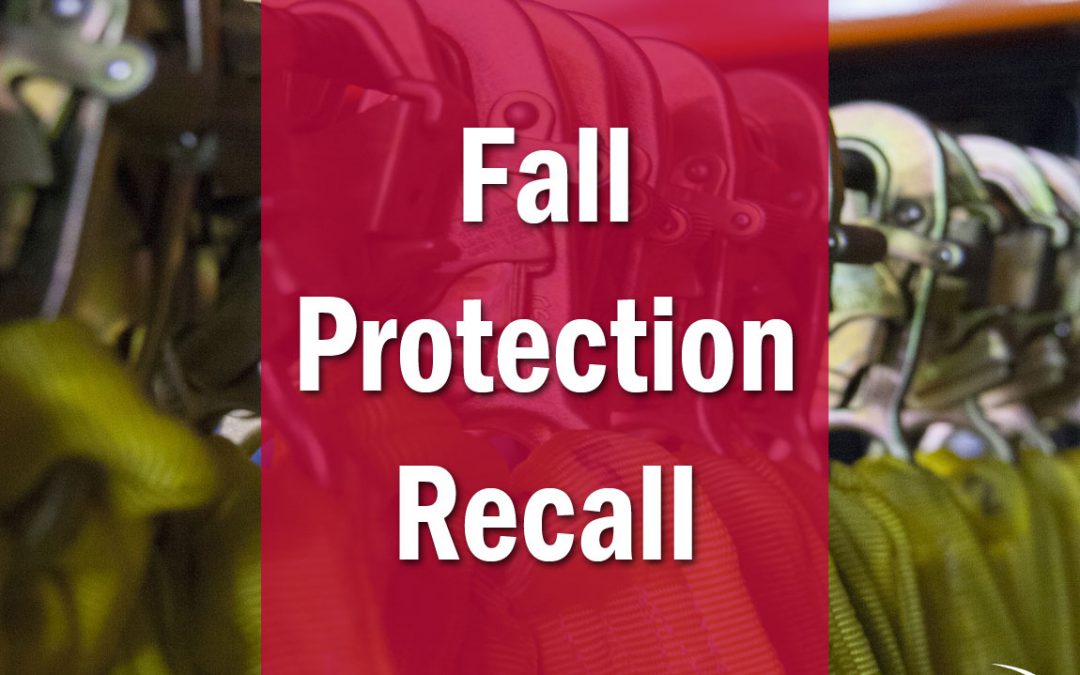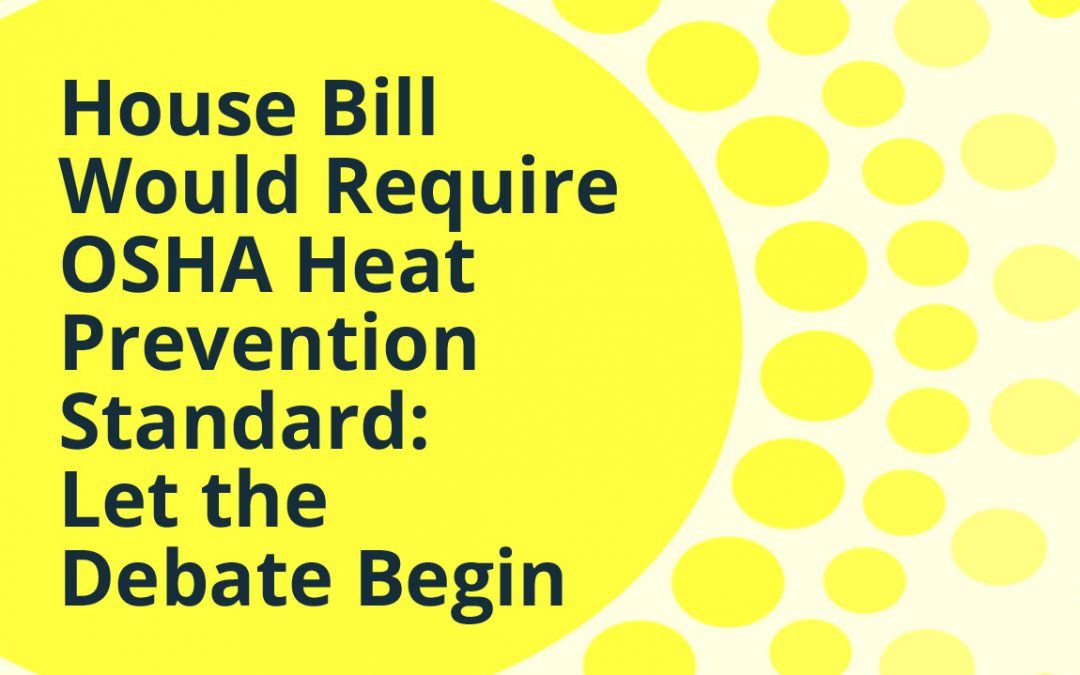OSHA’s beryllium exposure standard for general industry, construction and maritime has been in place since May 2018, with various enforcement dates for different requirements. Included below are the major highlights of the standard as well as 2020 Final Rule updates due to become effective on September 14, 2020.
There are a number of requirements for companies with potential beryllium exposures. Do these apply to your company?
What is Beryllium?
Beryllium is a lightweight but strong metal used in aerospace, telecommunications, information technology, defense, medical, and nuclear industries. It can be found in various items such as brake systems, missile parts, guidance systems, welding, alloys in dental crowns and bridges, laser devices, heat shields, computer parts, x-rays, golf clubs, bicycles and more. Exposure to beryllium comes through inhalation and through contact.
What’s Required in OSHA’s Beryllium Exposure Standard?
Exposure Assessments and Limits
If your workers are expected to be exposed to beryllium, you must conduct an exposure assessment using performance or scheduled monitoring methods. There are standards for exposures:
- Permissible exposure limit (PEL) to 0.2 micrograms per cubic meter, averaged over 8 hours;
- A short-term exposure limit (STEL) of 2.0 micrograms per cubic meter over a 15 minute sampling period; and,
- An action level of 0.1 micrograms per cubic meter, calculated as an 8-hour time weighted average.
NEW (2020) The definitions of a confirmed positive case (including a clarification of time requirements for abnormal or borderline test results) have been updated.
Written Exposure Control Plan
If workers will be exposed to beryllium, companies must prepare a written exposure control plan. It doesn’t matter if you’re over the above limits – if you have the potential exposure, you need a written plan. The plan must include a list of operations and job titles affected, procedures for minimizing cross contamination and keeping surfaces clean, required engineering controls/practices to be used, respiratory protection methods, required personal protective equipment (PPE), and procedures for handling contaminated PPE, clothing and respirators. The plan must be reviewed annually, updated as required, and available for employee review.
PPE
Companies must provide respiratory protection where exposure cannot be controlled and personal protective equipment separate from street clothing must be provided to limit skin contact. For protective clothing, change rooms and showers are to be provided and used. These rooms and showers must be in place by March 11, 2019. There are specific rules for PPE
NEW (2020) OSHA did not intend for beryllium-related PPE to be worn in areas outside of beryllium work areas. Thus, it’s important for employers to determine what their beryllium work areas are, that is, where is there a potential for dermal contact and airborne impact and then act accordingly with PPE. Employees who could reasonably be expected to have airborne exposure to and/or skin contact with soluble beryllium, beryllium solutions, or visible beryllium dust, fumes, or mists in concentrations of 0.1 percent by weight or more would be the ones affected. OSHA also didn’t intend for PPE to be changed out after each individual work task and didn’t intended that residue be completely eliminated before entering eating and drinking areas, it needs to be “as free as practicable.” They’ve made some word changes to clarify this.
Beryllium Work Areas
Engineering and work practice controls such as ventilation changes or enclosure must be developed to prevent excessive beryllium from becoming airborne. Engineering controls are due by March 10, 2020. In the meantime, beryllium work areas must be marked and have limited access. In construction, a competent person must be designated to mark these areas.
NEW (2020) Some minor changes have been made in the Housekeeping section for disposal, recycling and reuse. The rule’s requirements for disposal, recycling, and reuse do not apply to intra-plant transfers; more detail has been given as to what constitutes an appropriate enclosure; materials bound for disposal can be cleaned; and some minor wording changes have been made to this section and other sections to make them easier to understand.
Medical Monitoring
Companies with beryllium exposures must offer medical exams to affected workers. If a worker has a beryllium-related disease, companies must offer additional workplace accommodations for the worker to protect themself from additional exposure.
NEW (2020) OSHA has made clarifications regarding the specific timing on when employers are to have employees who may have been exposed to beryllium in an emergency get medical exams taken, depending on when their last exam was or if they’ve ever had one. In another update, because exams at Chronic Beryllium Disease (CBD) Diagnostic Centers may take more than 30 days, OSHA has allowed for the initial consultations to be done within 30 days (including virtual/phone consultations) and then full evaluations within a reasonable time. The employer must also be sure the employee is offered any tests deemed sufficient by the examining physician at the CBD testing center, and if not offered there, they should be allowed to be performed at a separate location mutually agreed upon by employer and employee.
Worker Training
Affected workers must be trained in the hazards of beryllium. This must be done separately from Hazard Communication training and be specific to beryllium.
NEW (2020) Just as PPE pertains to those in beryllium areas, so does training. Those are employees working in beryllium work areas and any other employees who may not be working directly with a beryllium-generating process, but who may reasonably be expected to have airborne exposure to and/or skin contact in concentrations of 0.1 percent by weight or more.
Recordkeeping
NEW (2020) In recordkeeping requirements throughout the standard, all references to collecting social security numbers have been removed.
Other 2020 Changes
- Dermal and Airborne Contact, but Not Everybody: Just like PPE and training have been clarified it’s only for those working in or could be reasonably affected by beryllium, medical monitoring, wash facilities and change rooms are also subject just to those persons who could be exposed. References to dermal contact have been updated to also encompass airborne contact, but this change also helps narrow the requirements so that they don’t have to be in place for everyone in the facility.
- Check out the complete 2020 final rule revisions and explanations in the Federal Register HERE.
Does This Apply to You? We Can Help You Find Out
Are your workers exposed to beryllium? What are your exposures, which work areas of your company are affected, and do you have the necessary protections in place? Let iSi conduct your monitoring to check. We can also help you with plans, PPE recommendations and training. Contact us today!
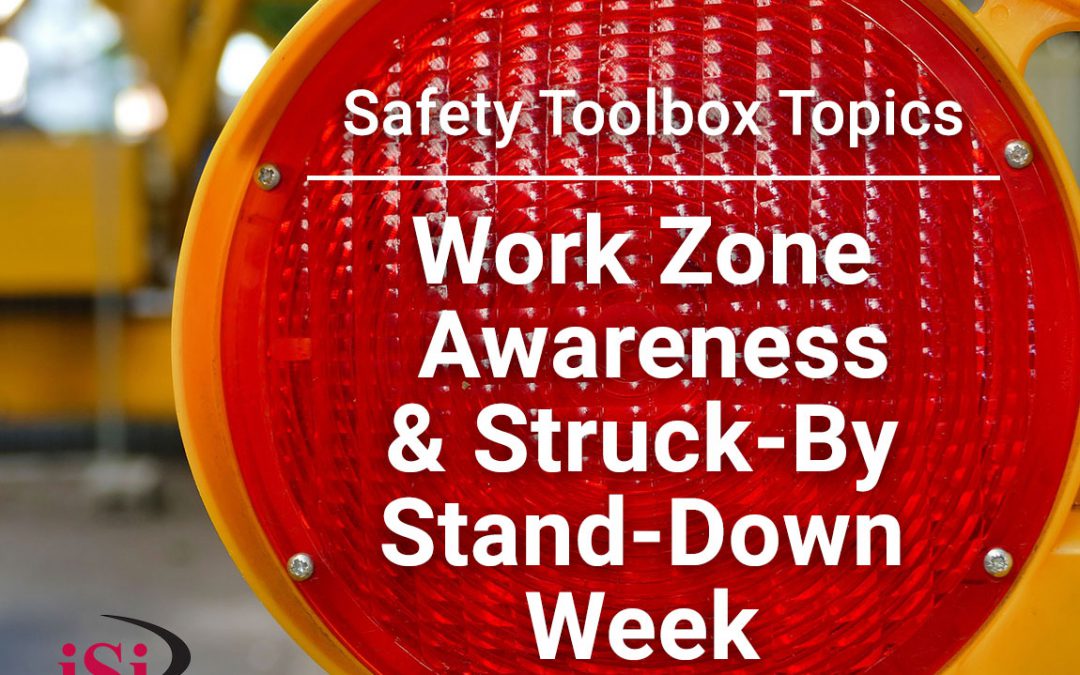
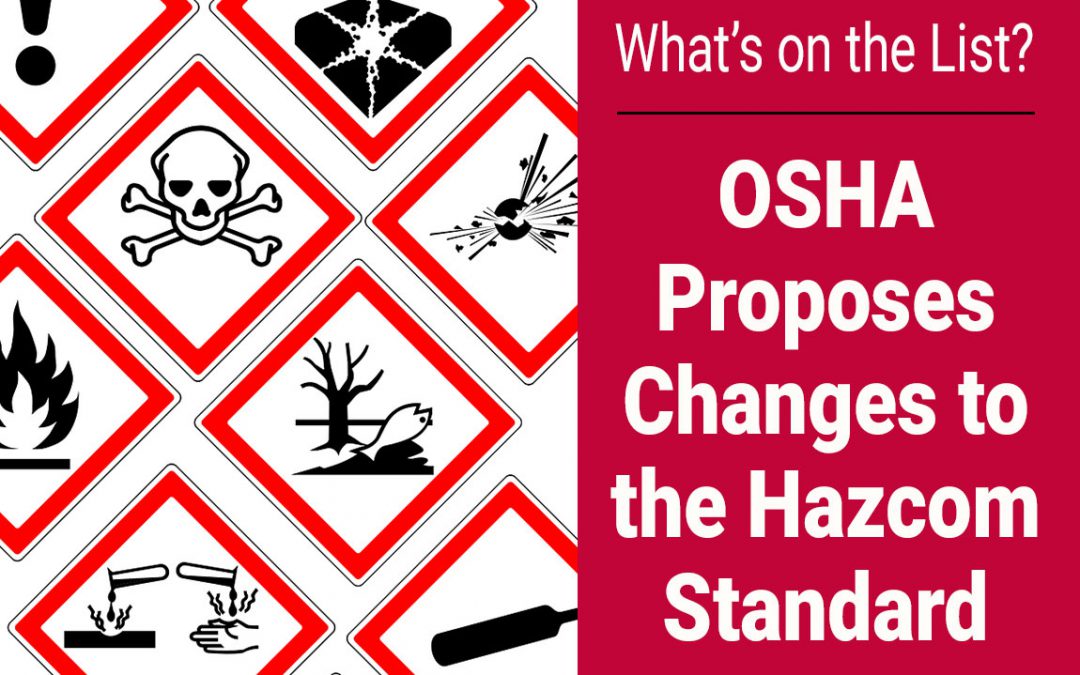
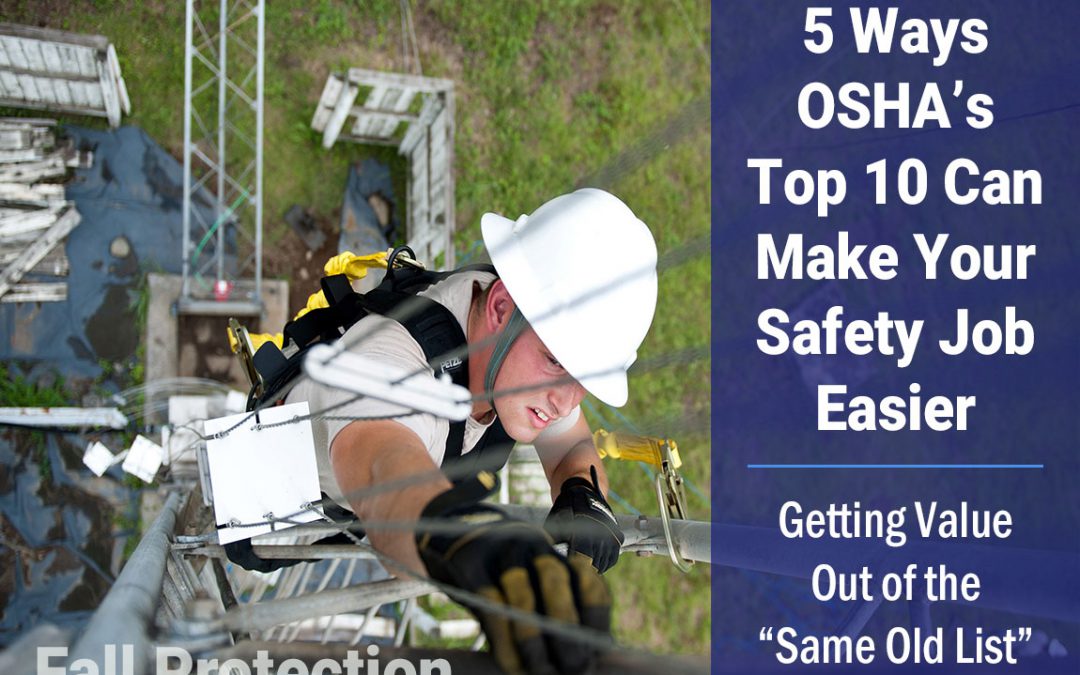
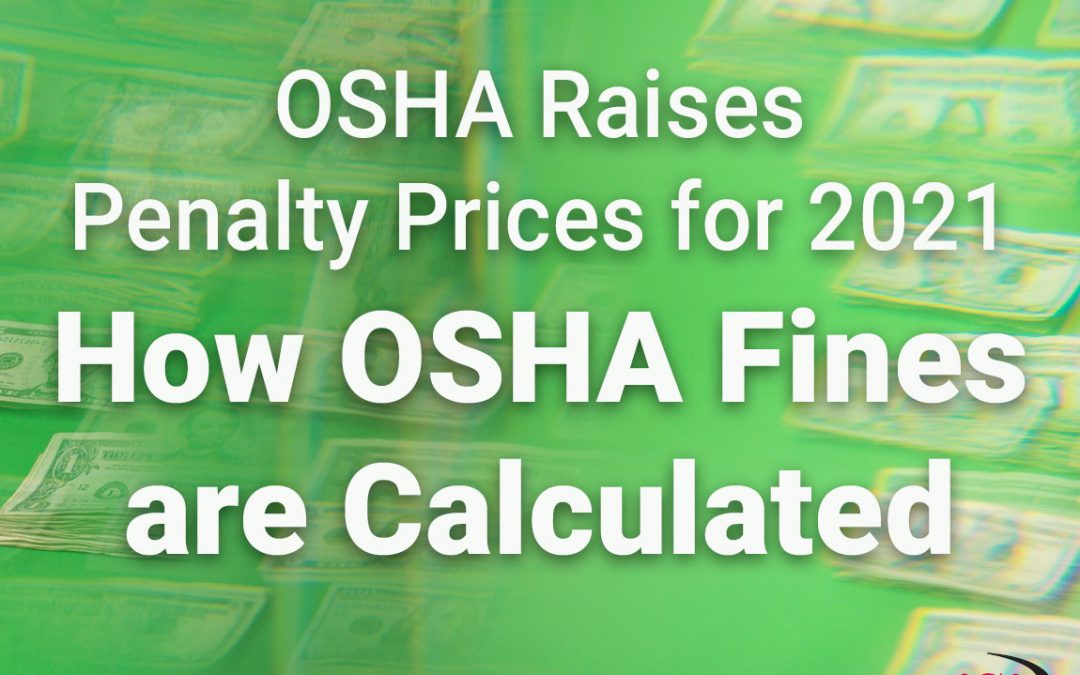

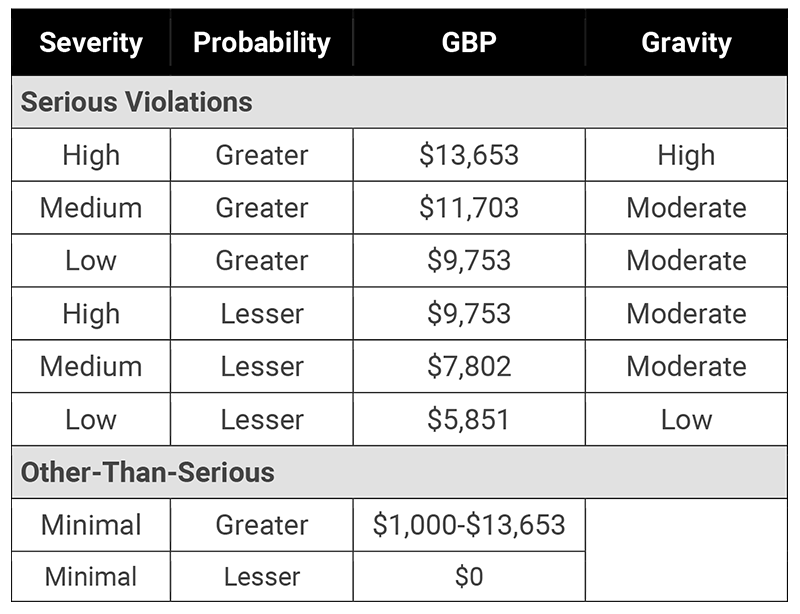
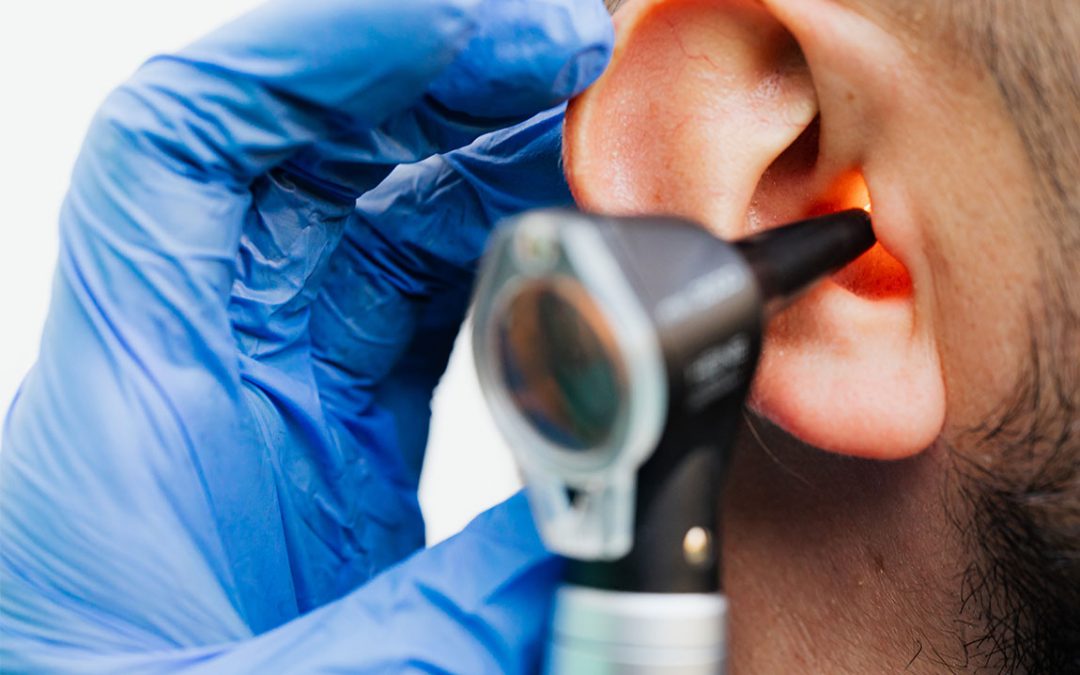


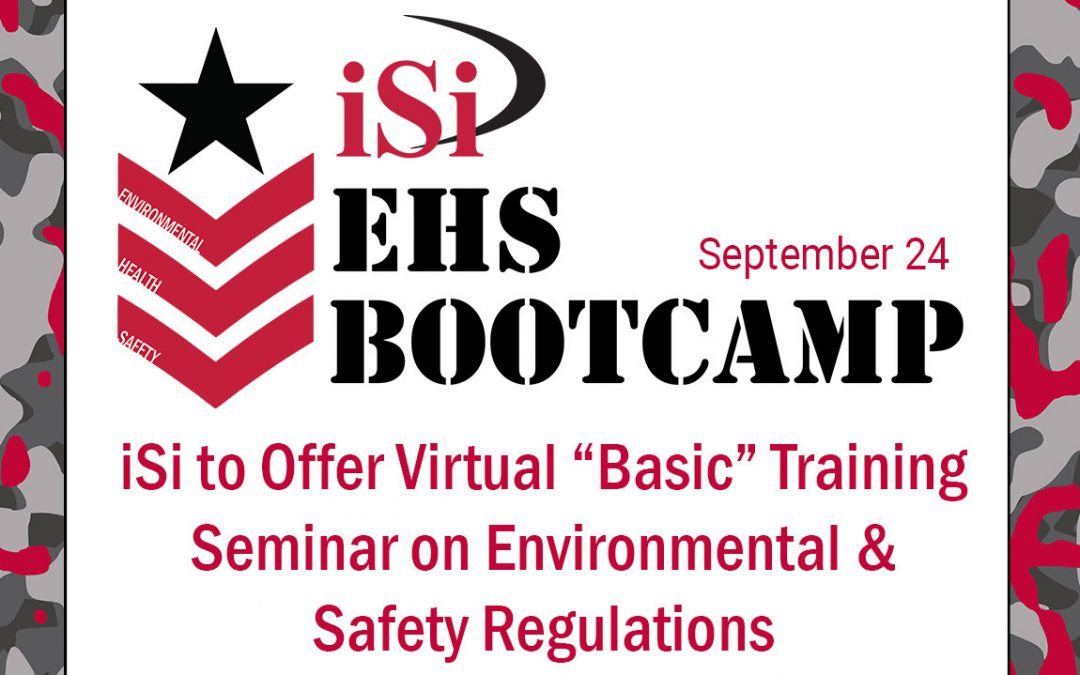
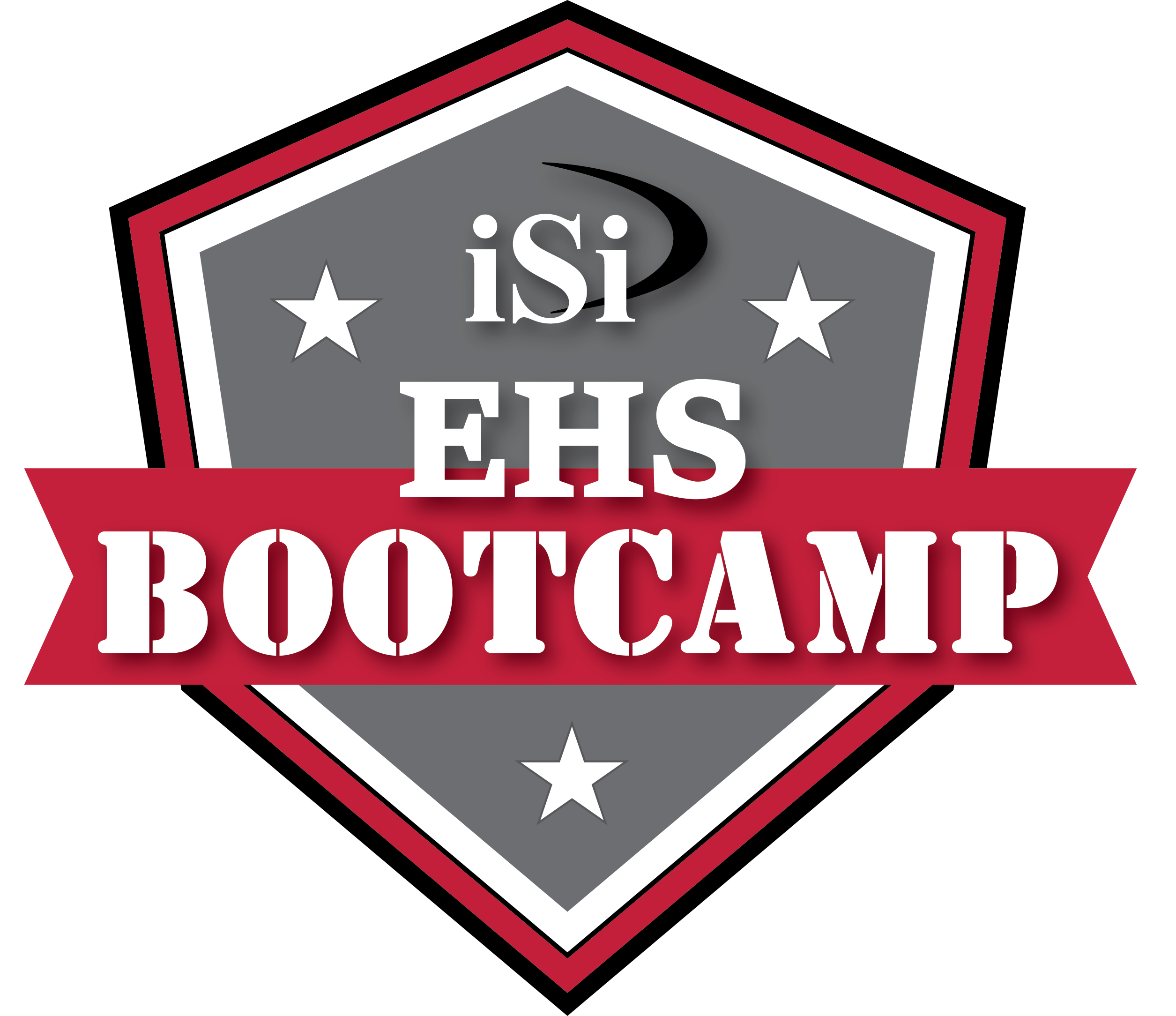

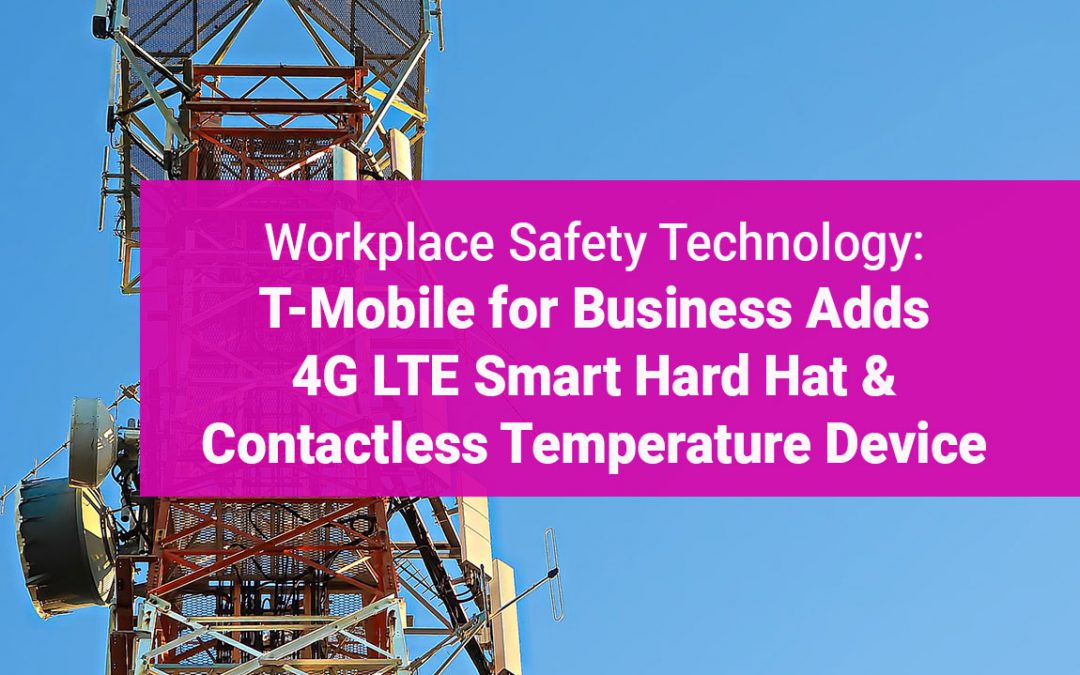

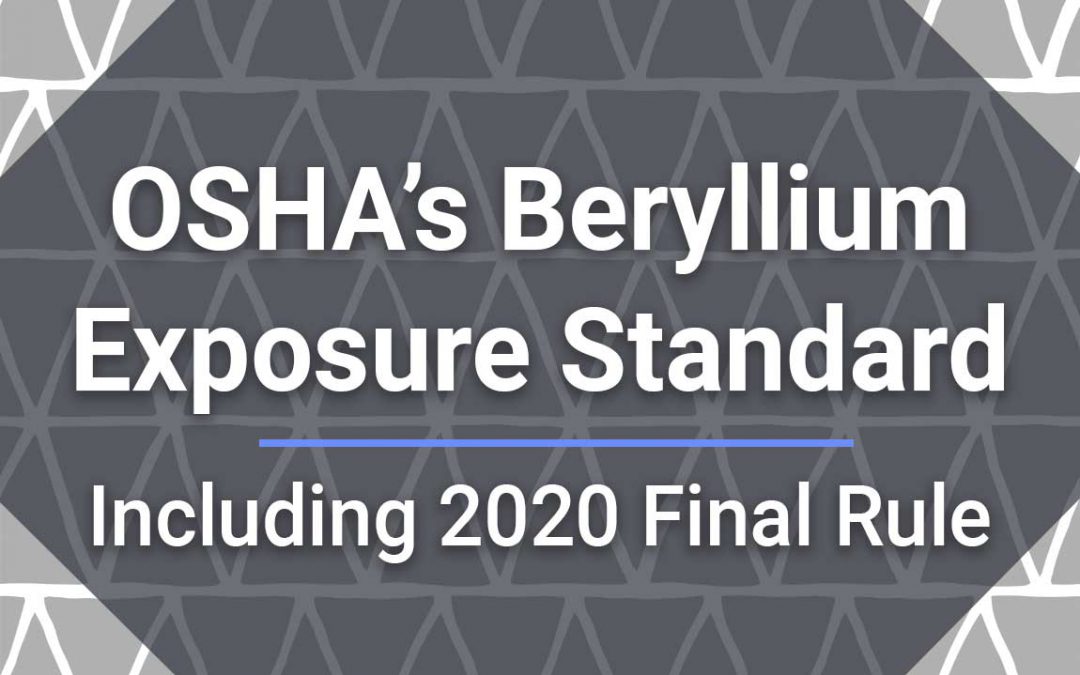

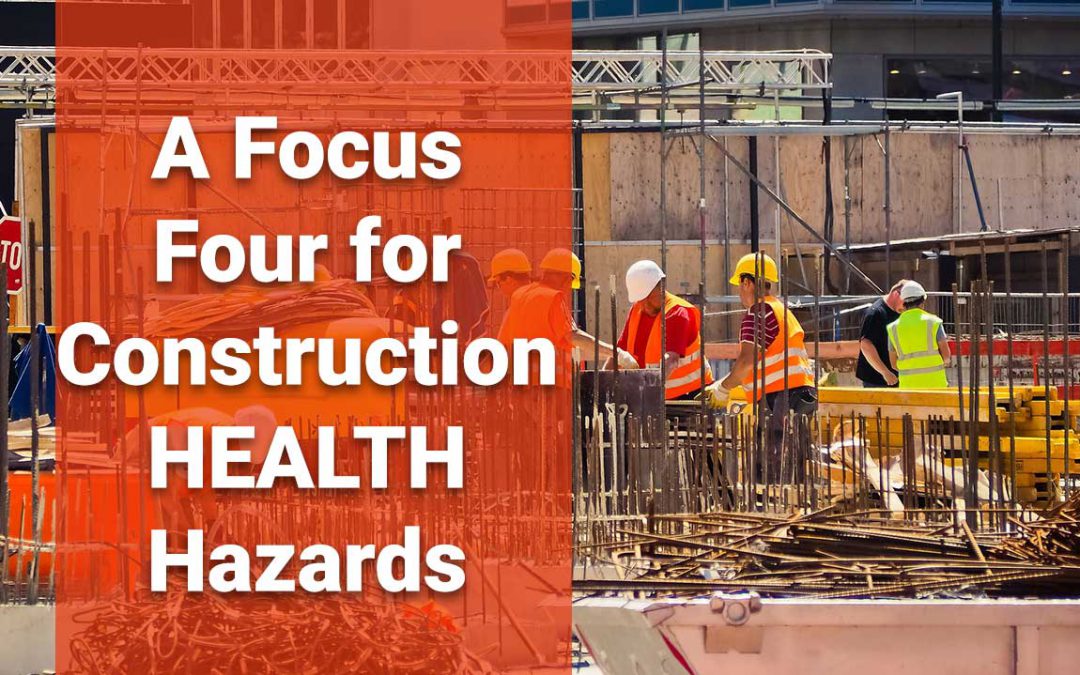
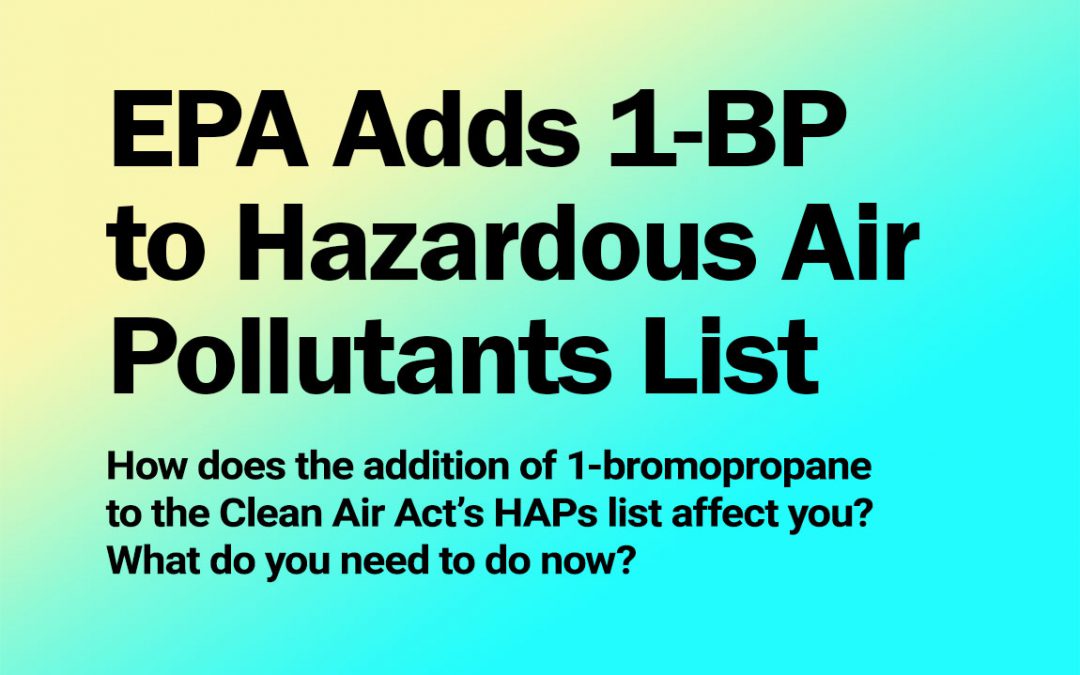
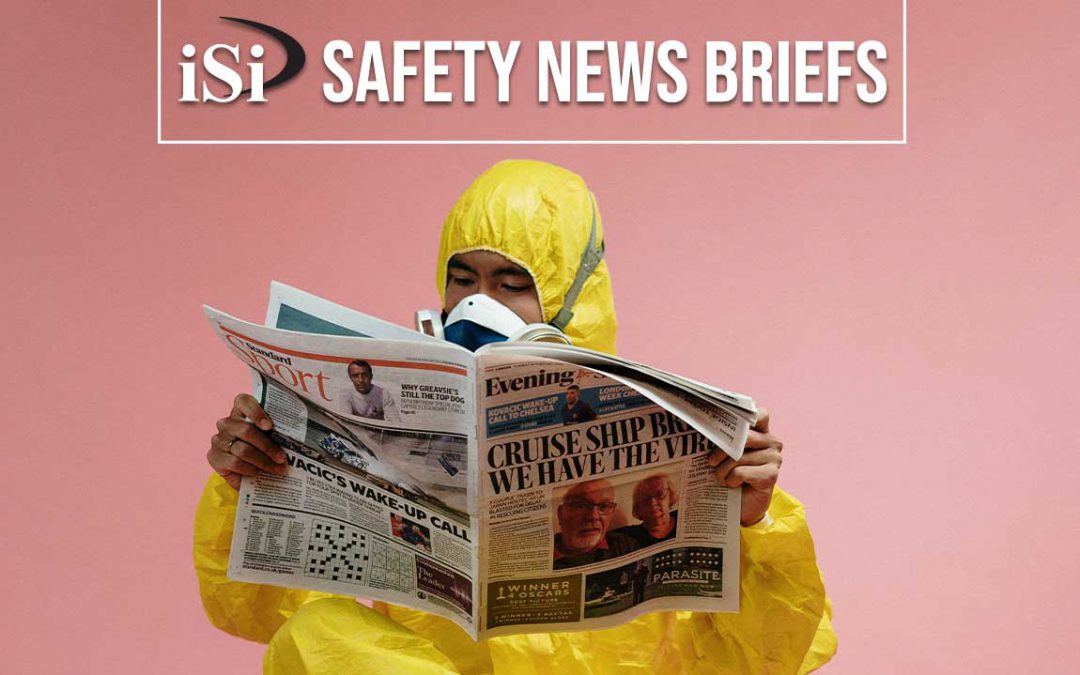
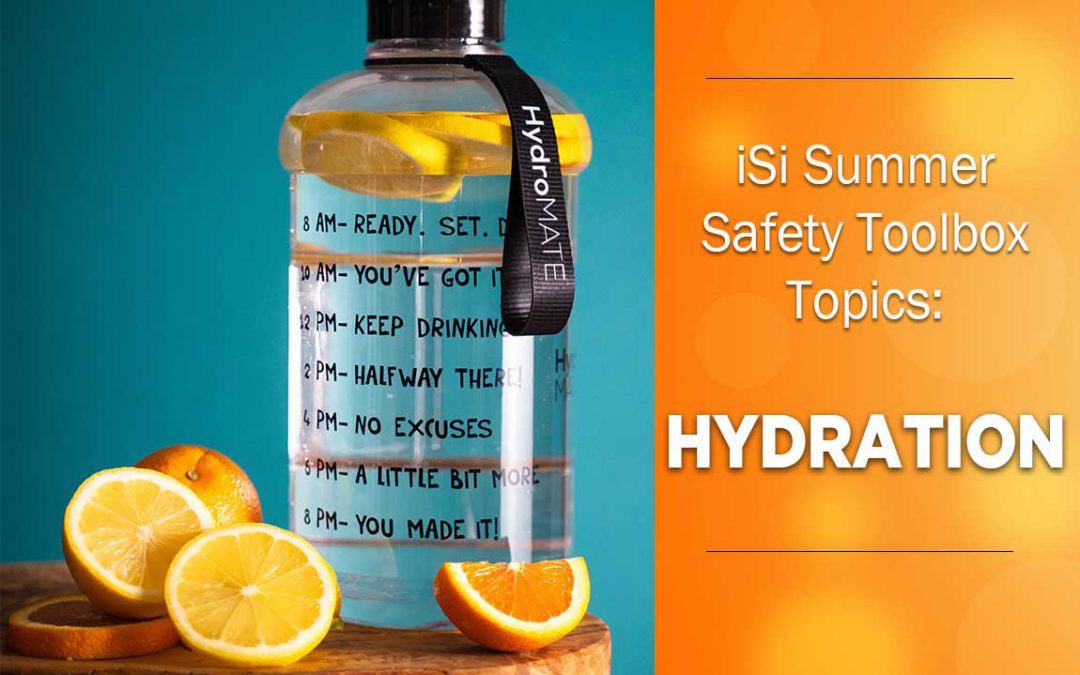
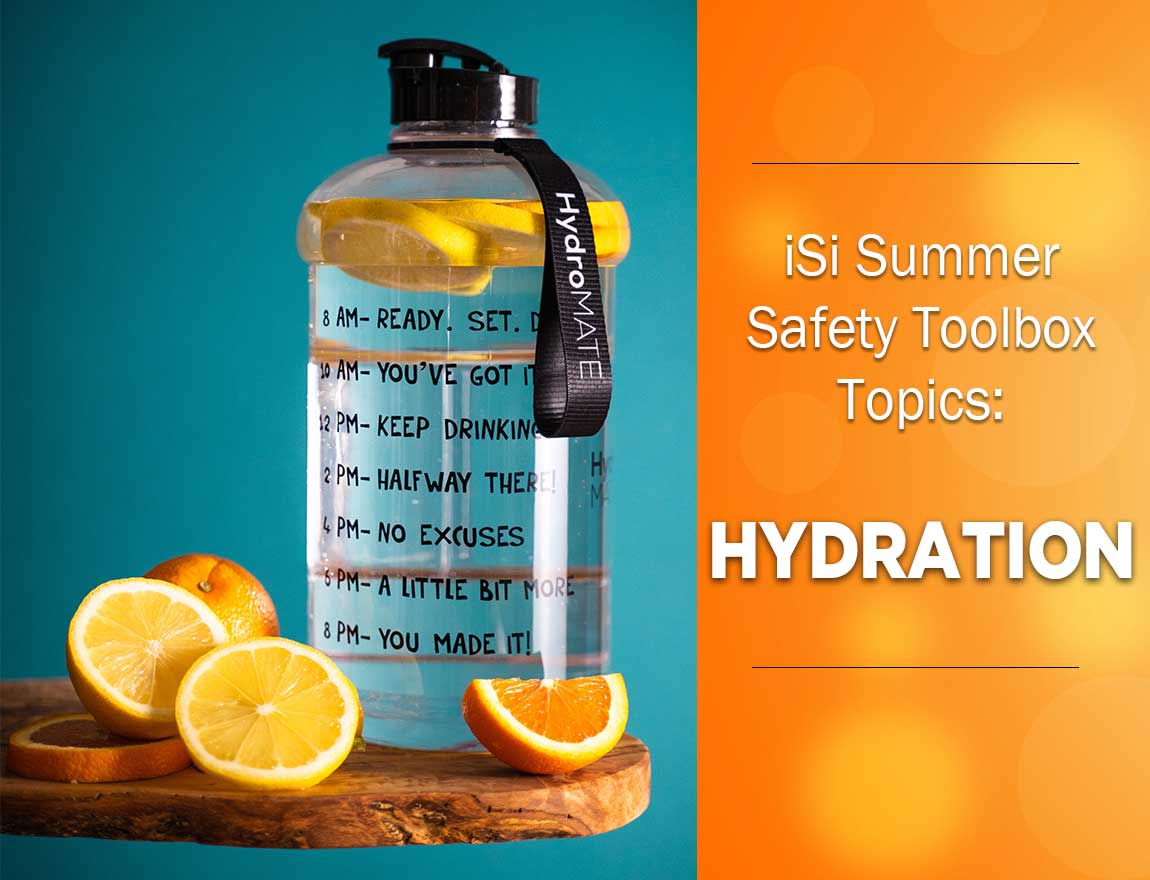

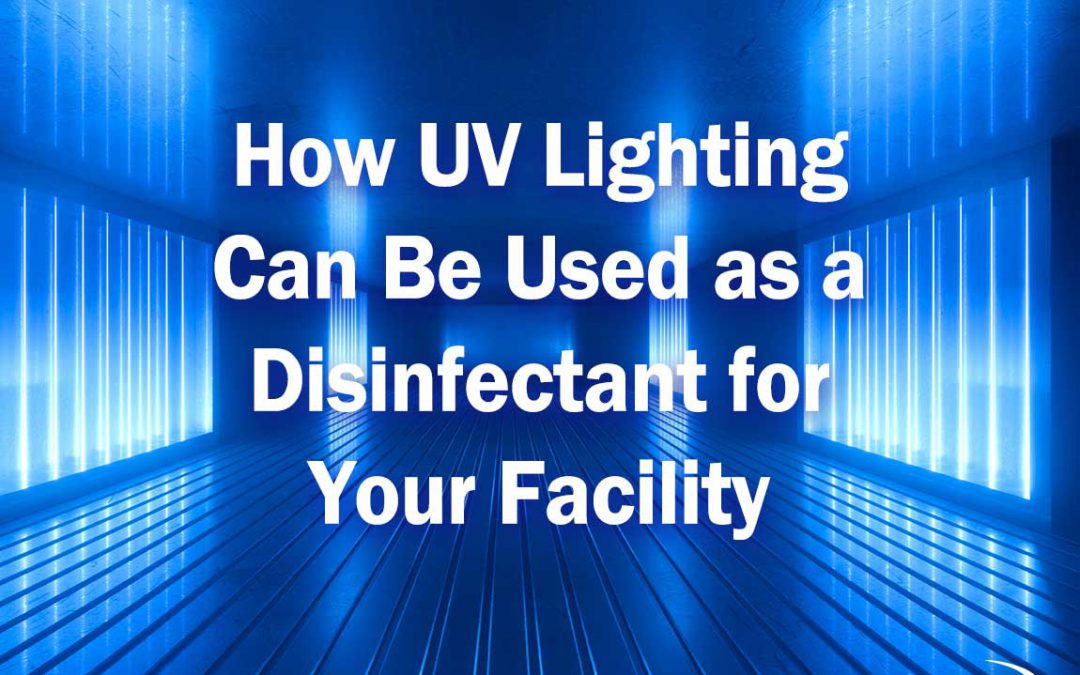

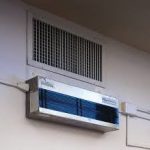
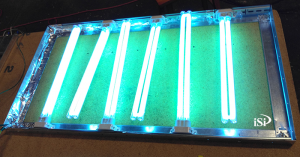


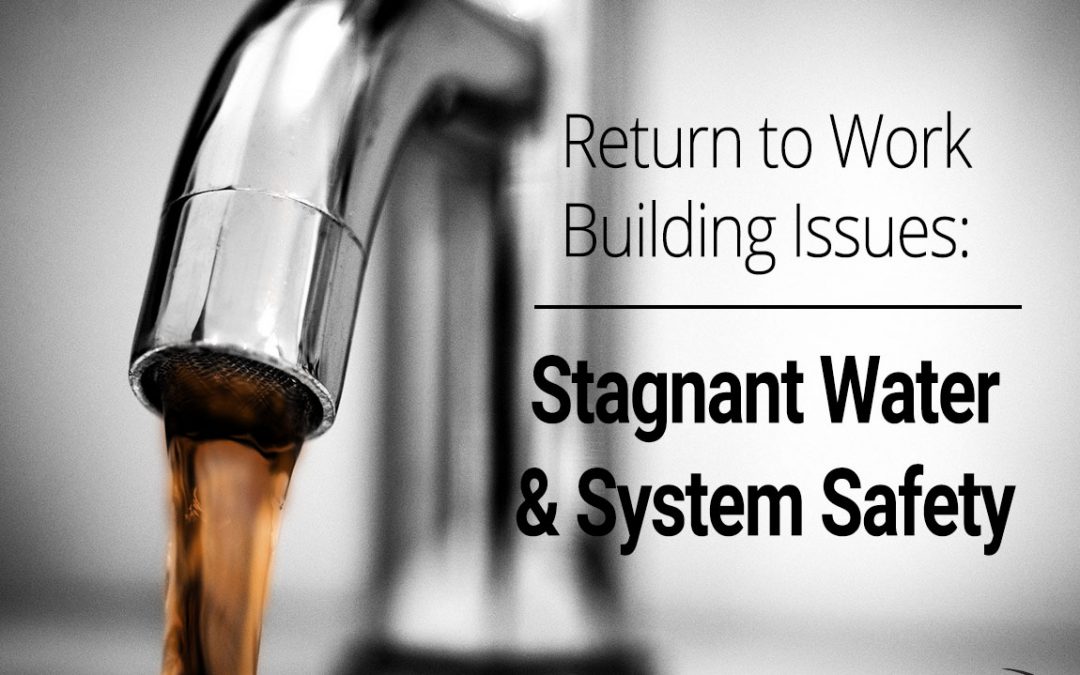
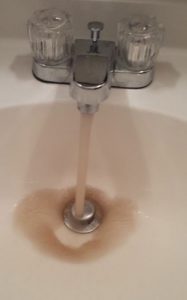
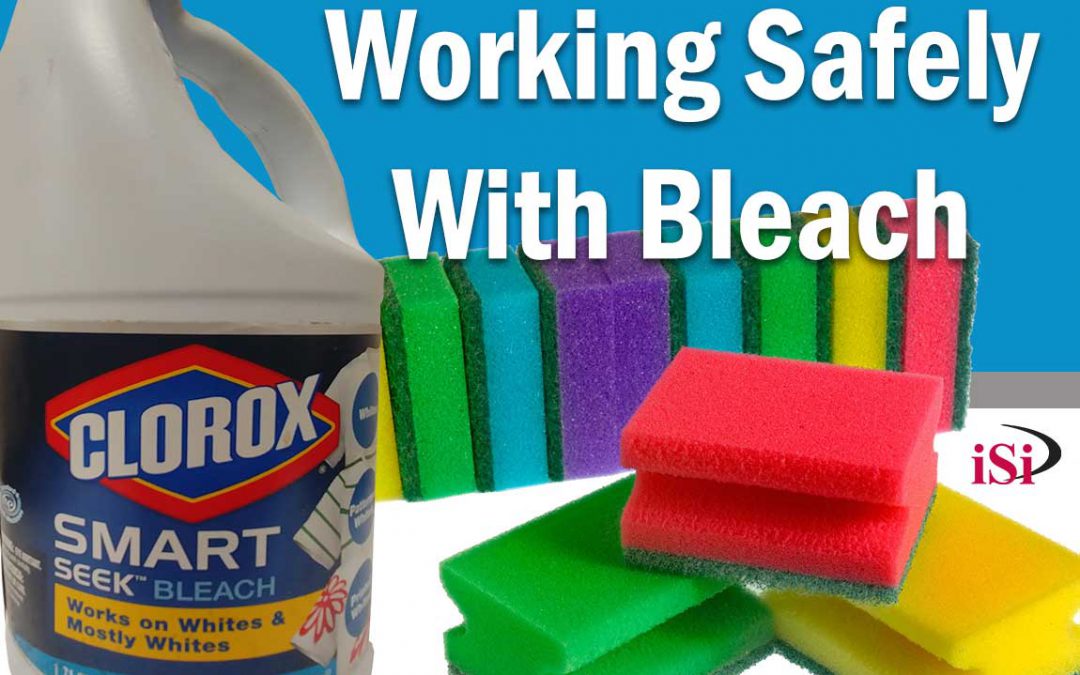
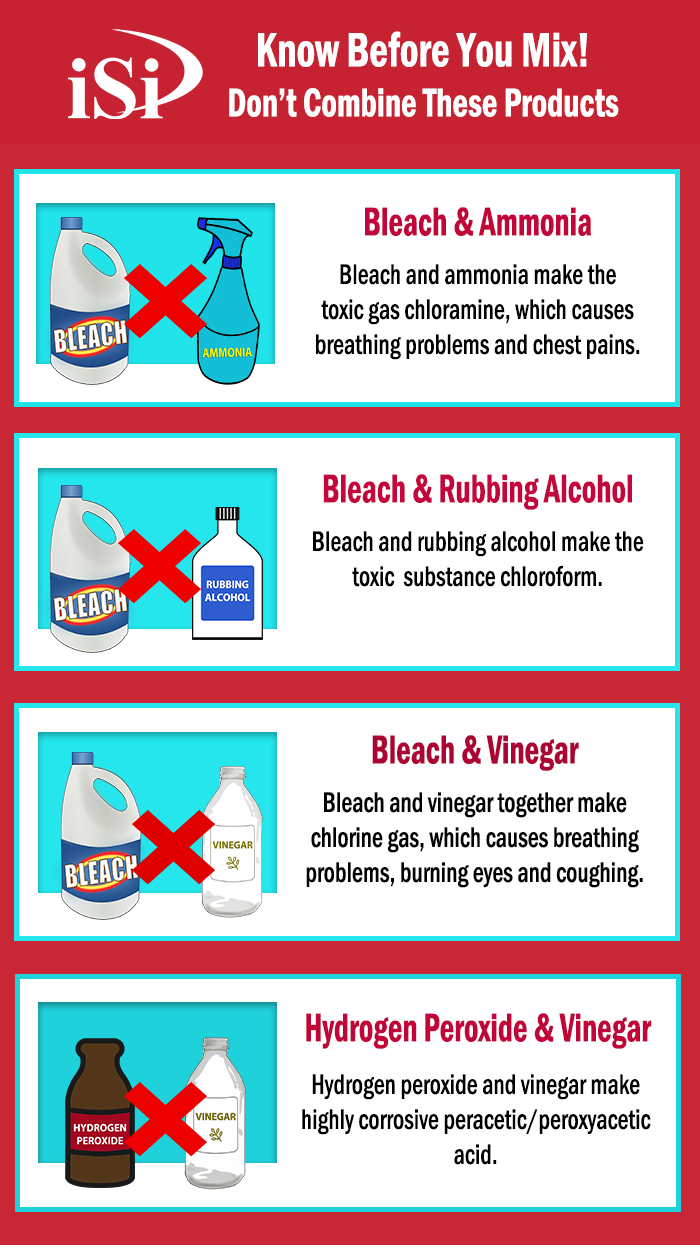
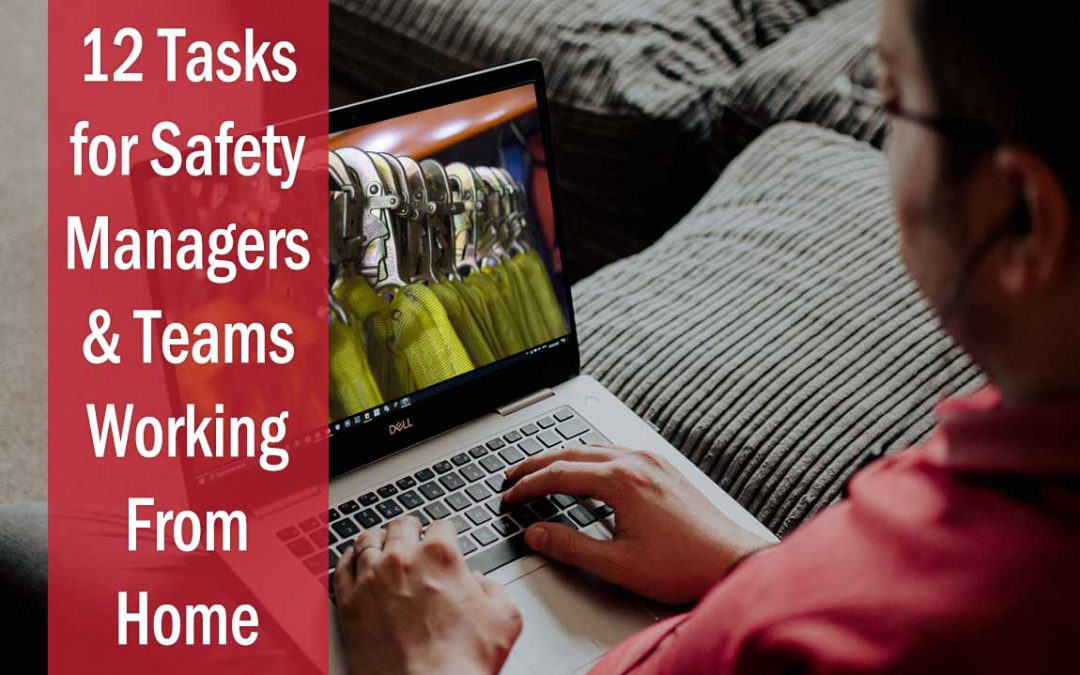
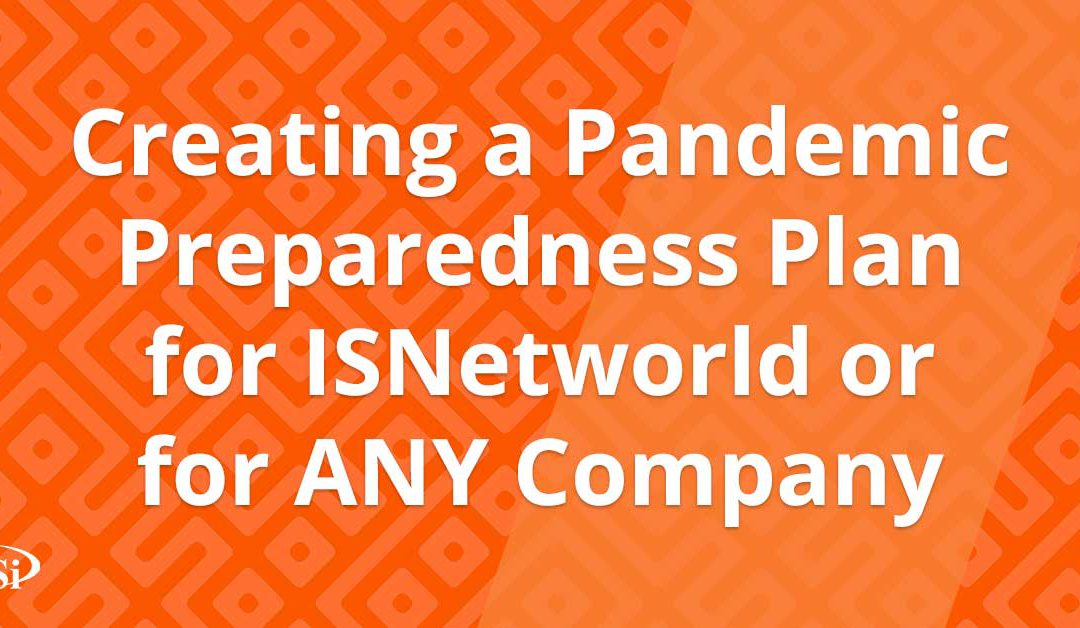
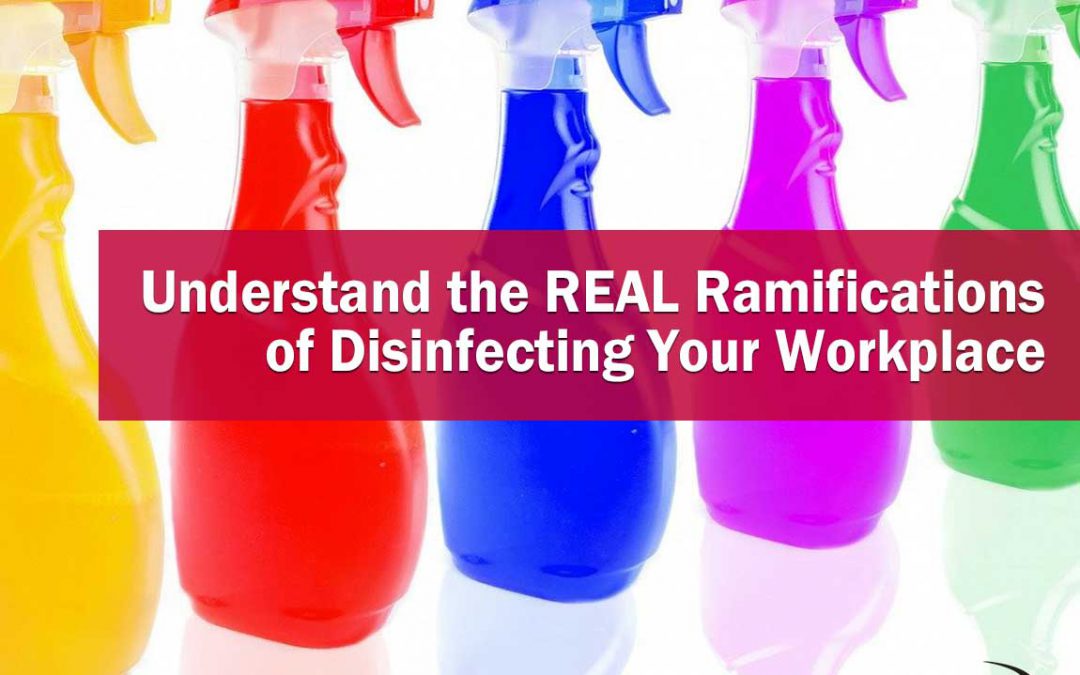
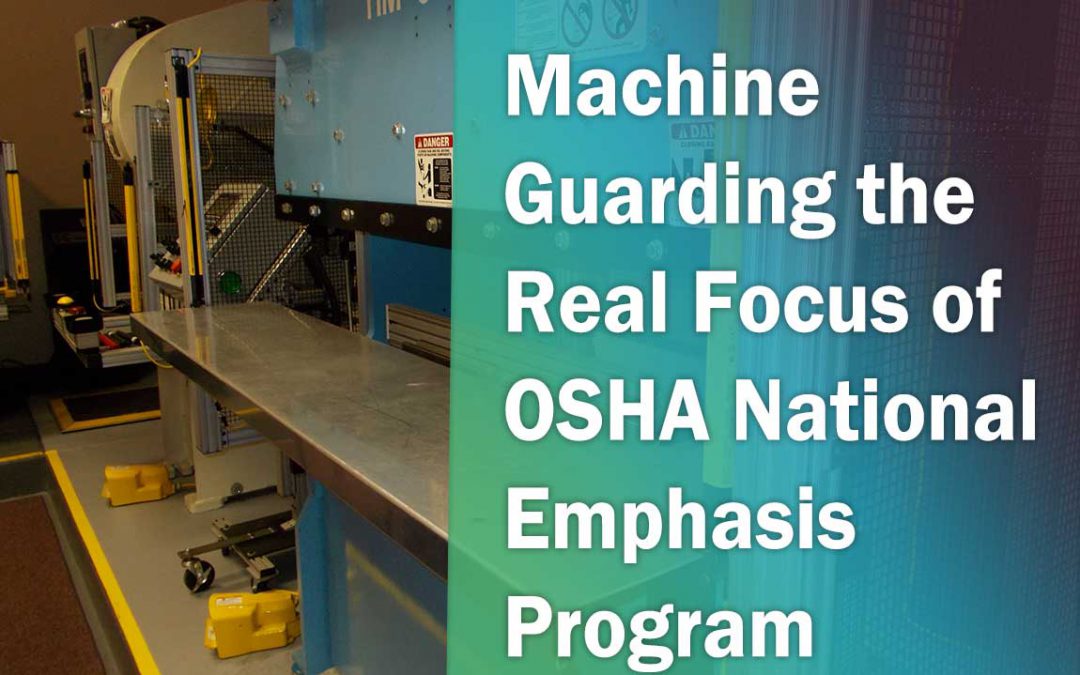


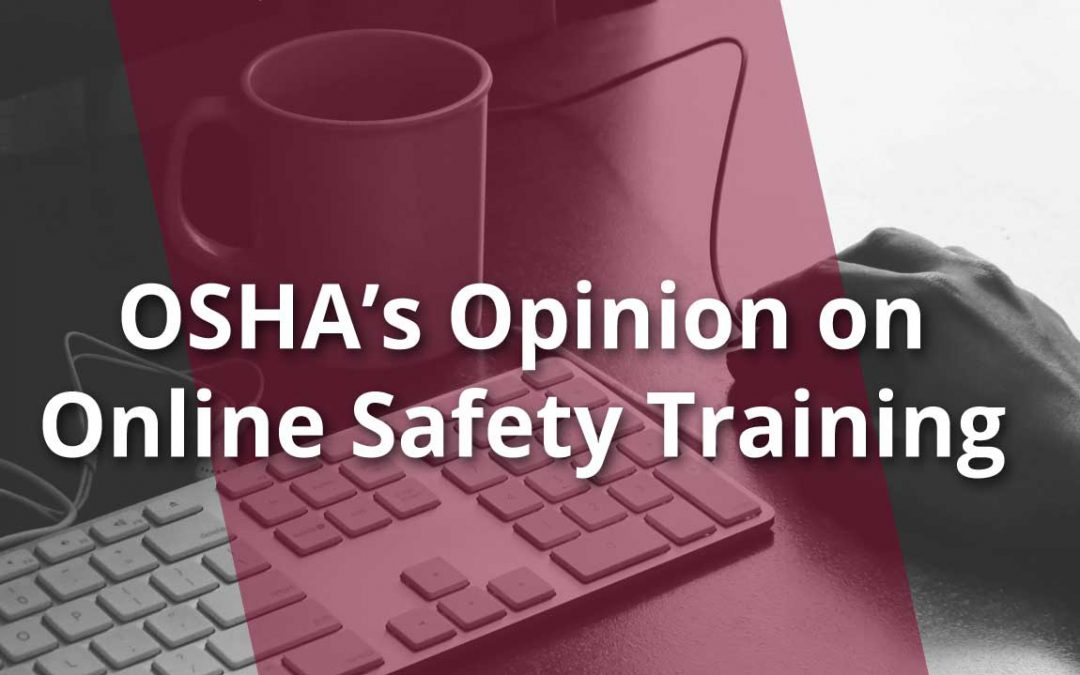
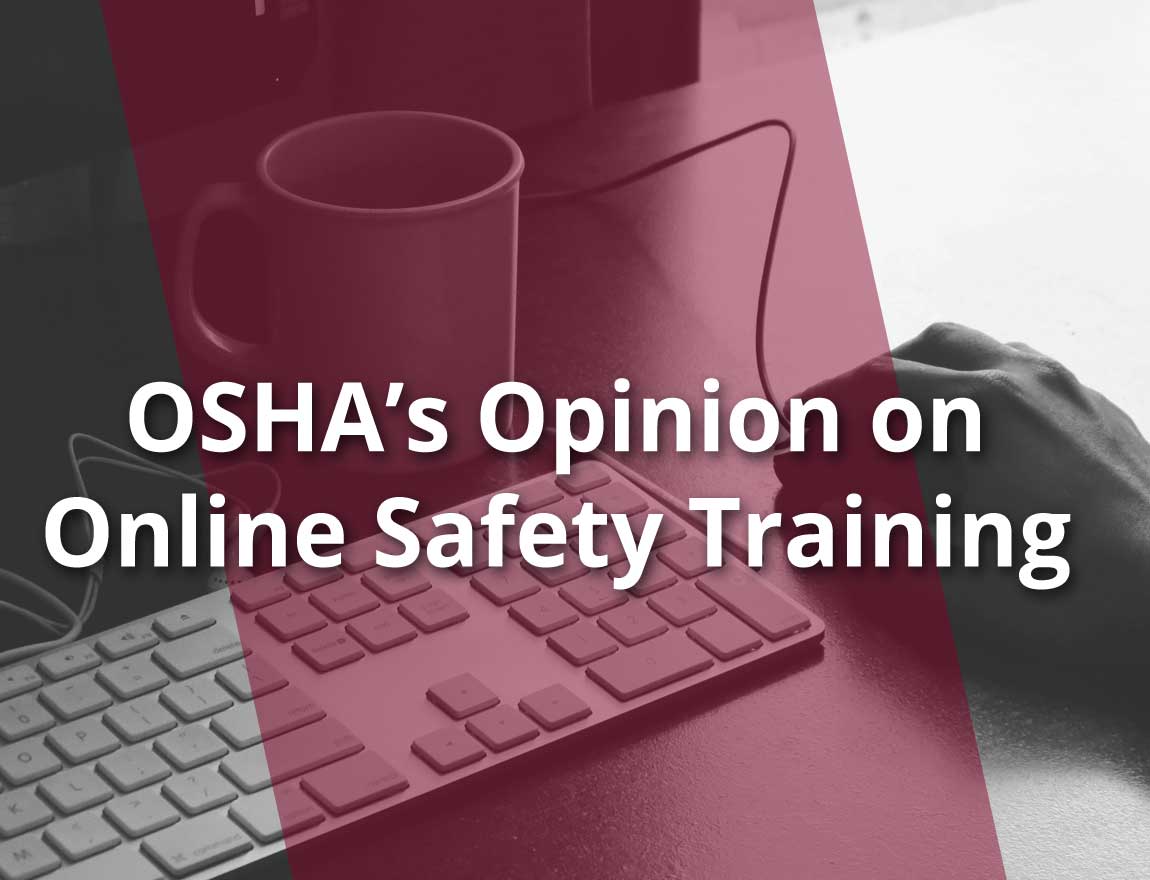
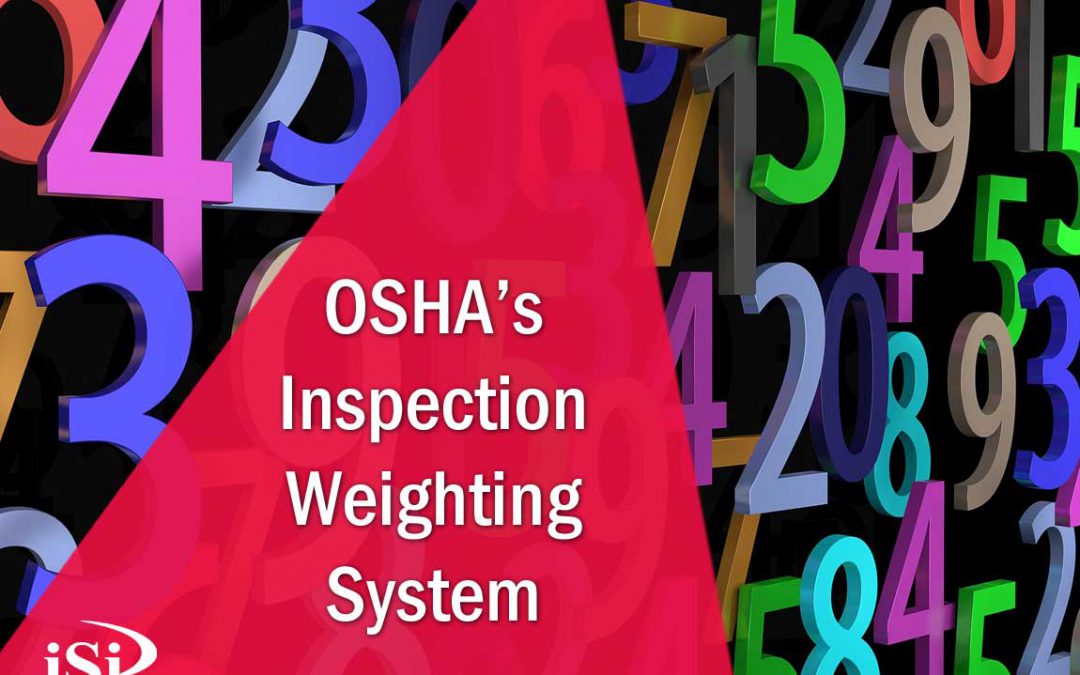


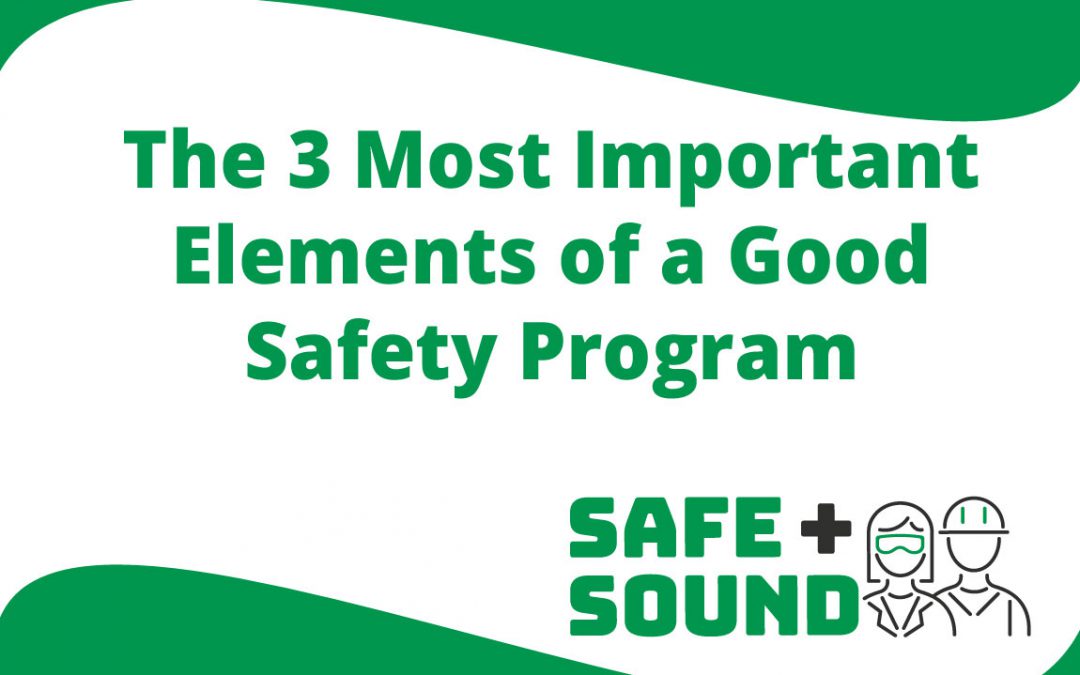
 Successful programs all begin with management commitment. Management commitment is often the strong foundation to the program, and without it, all other efforts don’t have nearly the same chance for success. Management commitment shows workers that safety is an important part of the business’s success. In turn, it shows workers that efforts workers make will be valued in the long run.
Successful programs all begin with management commitment. Management commitment is often the strong foundation to the program, and without it, all other efforts don’t have nearly the same chance for success. Management commitment shows workers that safety is an important part of the business’s success. In turn, it shows workers that efforts workers make will be valued in the long run. Workers are the ones who are exposed to safety issues on a daily basis. They have the knowledge of the hazards they encounter on the job. Safety programs which involve worker ideas and contributions and then follow through on those assist in giving employees ownership and investment into the safety effort. Genuine worker participation efforts need to ensure workers feel comfortable about speaking up when issues are found or injuries happen.
Workers are the ones who are exposed to safety issues on a daily basis. They have the knowledge of the hazards they encounter on the job. Safety programs which involve worker ideas and contributions and then follow through on those assist in giving employees ownership and investment into the safety effort. Genuine worker participation efforts need to ensure workers feel comfortable about speaking up when issues are found or injuries happen. When both management and workers are participating, good momentum comes when issues are fixed and resolved. OSHA says that most fixes are reactive, that is, they’re a result of something happening whether it be a response to an incident or a new regulation coming out. However, a strong safety program finds issues and resolves them before they become an issue. The workplace is ever changing, so safety issues may arise where you least expect. Considering safety implications in any workplace change is important.
When both management and workers are participating, good momentum comes when issues are fixed and resolved. OSHA says that most fixes are reactive, that is, they’re a result of something happening whether it be a response to an incident or a new regulation coming out. However, a strong safety program finds issues and resolves them before they become an issue. The workplace is ever changing, so safety issues may arise where you least expect. Considering safety implications in any workplace change is important. A good safety program like this doesn’t happen overnight and it will take the participation of everyone in your company to make it happen.
A good safety program like this doesn’t happen overnight and it will take the participation of everyone in your company to make it happen. 